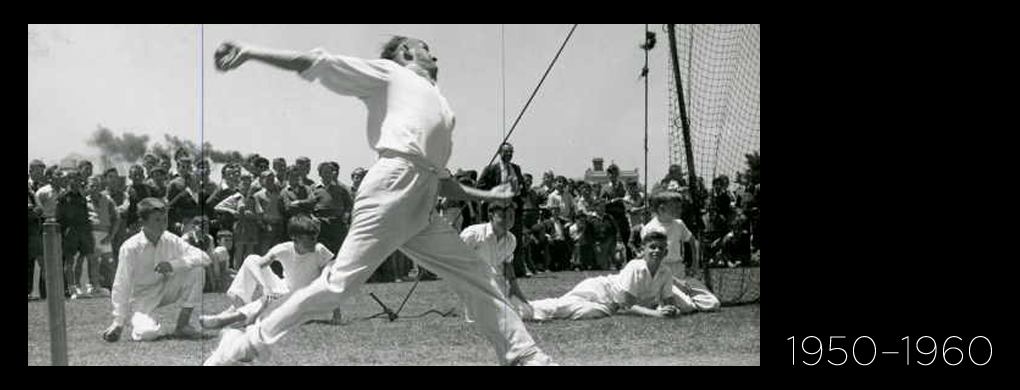Preston strives to meet a long overdue need – technical education for girls.

Since its foundation in 1937, Preston Technical School grew at a phenomenal rate, student numbers and demand for further places outstripping facilities almost as they were built.
Between the foundation years of 1937 and 1945 numbers grew so much that the School Council was already recommending the purchase of land in Cramer and Jessie Streets.
The Annual Report for 1947-48 first made mention of the need to purchase land to build a Junior Technical School for girls but nothing came from a number of approaches to government, until 1955, when notice was finally given that a new building was to be erected immediately in Cramer Street for a girls’ technical school.
Nonetheless, it was still not until 1957, that a contract was let for £75,000 ($150,000) to build the first section of the school.
In 1956 Miss F. E. Williams had been appointed Head Mistress of the Girls’ section of Preston Technical School and classes for girls on Forms I and II began in a portion of the Primary School at Helen Street in Northcote. There were 10 staff members and 256 girls in 2 Forms IIs and 8 Form Is. By 1957 numbers had risen to 346 girls, now also housed in Preston Girls Tech prefects and house captains, 1956.
The new girls’ school was built in stages and when the first section was ready for occupation in February 1958, 450 girls began their schooling. When, by the end of that year, stages 3 and 4 were finally completed there were 24 rooms capable of catering to 600 girls and this would still prove too little.
In 1959 the Girls’ School in Cramer Street was officially opened by the Minister for Education, John S. Bloomfield LL.B, M.L.A.
By 1966 the Preston Girls Technical School reached its peak enrolment of 820 girls and as the history of technical education in this area had already shown many times over, facilities were always going to be insufficient for the numbers of students. All available space was recruited for teaching including an old house, a church hall, and a shelter shed being used as classrooms.
Source: Historical Archive PCT Reports.
Welcoming the ‘fair sex'
‘This year we pass another milestone in the progress and development of Technical Education at Preston. In 1956 a technical wing for Girls will be added to the building of this school. It will commence in temporary accommodation with an enrolment of approximately 300 junior girls. We welcome the ‘fair sex’ to our school, believing that they will add many refinements to our activities. We are sure that the girls who join us will be as happy and proud of their school as the boys are; and that they will always endeavour to improve the tone of their school and maintain the high standard of general conduct and progress set over the past years.’
Source: (W. J. Baker (Principal), from the Principal’s Page of the 1955 Magazine, commenting on another milestone reached by Preston Technical School.)
The new Girls’ school: ‘Count among your riches, the opportunities available…’
‘For senior girls and staff, this year has been a ‘rags to riches’ story, for here we are well settled in the wonderful new building that has more than compensated for the old, uncomfortable quarters in which the school was born three years ago. Junior girls must also have stepped into a school far finer than anything they had ever imagined. They could not know what to expect, as this is the first Junior Girls’ Technical School of its kind, and the first one ever, on this side of Melbourne. There are two more under construction now, at Geelong and Sandringham, but there does seem to be added interest in being first.
The City of Preston is fortunate in possessing this fine modern building, whose somewhat uninteresting exterior gives little indication of the charm, extent and variety of the well-equipped classrooms. The site too is delightful. The long main wing looks out across the park and away to the city skyline, a thing of beauty whether skies be grey or blue.
So much for our surroundings. They provide very pleasant working conditions, and should be an inspiration to us all, but they do not make a school. That is something only the girls themselves can do. You have an added responsibility, that of building a tradition for aiming high – and getting there.
To do this, you must count among your riches, the opportunities available, and if you use them well, success and happiness will be yours.
These things I wish for all of you.’
(The Headmistress, Miss F. E. Williams, in the 1958 school magazine.)